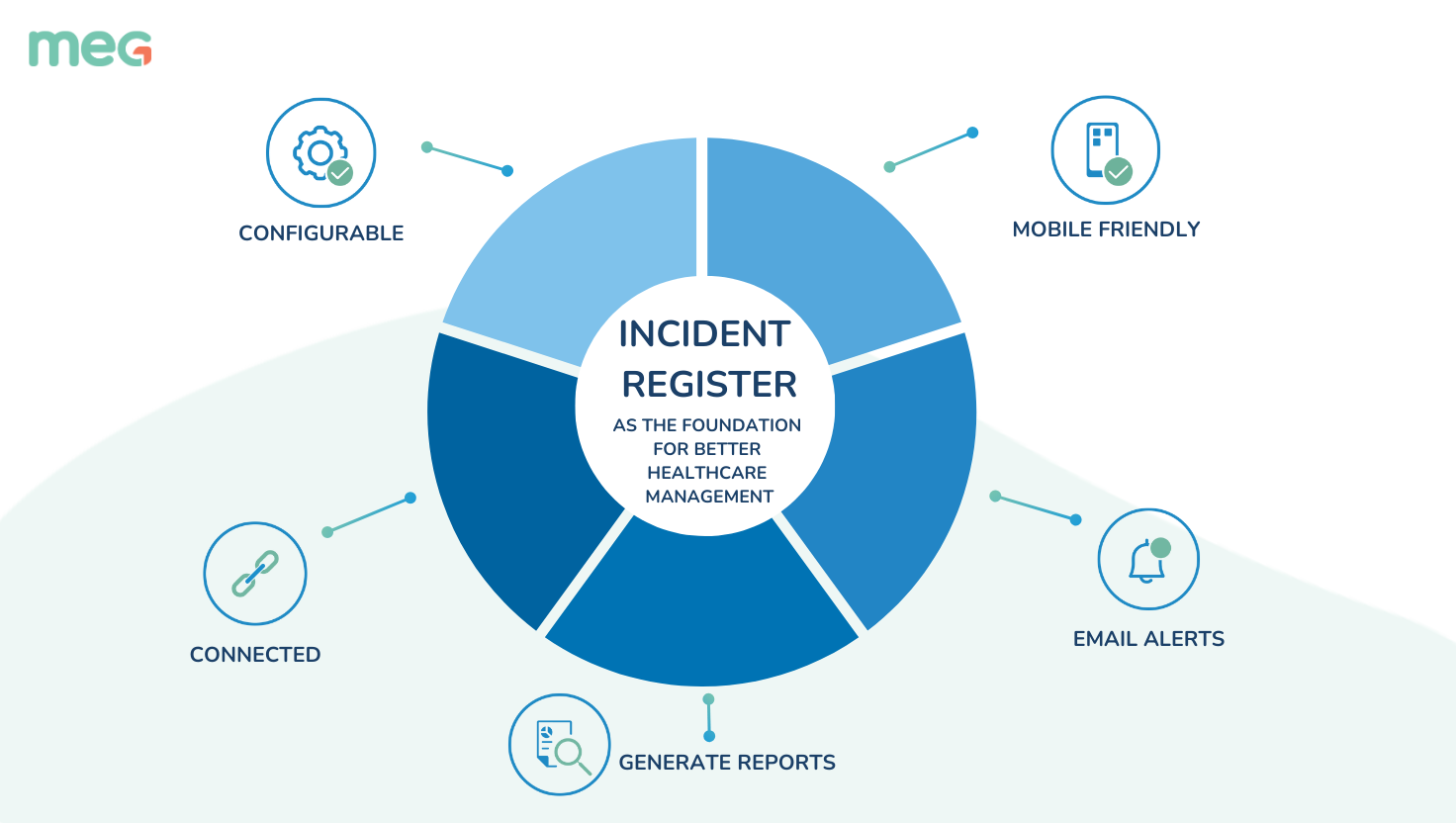In the fast-paced world of healthcare, keeping policies and procedures aligned is a cornerstone of effective risk management. Hospital leaders face the critical challenge of ensuring that these documents are accessible, up-to-date, and actionable. Without proper document control, inconsistencies can lead to compliance gaps, inefficiencies, and increased risks. In this blog, we explore how MEG Docs supports healthcare organizations in managing policies and procedures seamlessly, offering practical examples and strategies for centralized document control. Improving processes, standardising them and integrating them with audit and risk management workflows reduces management waste.
The Importance of Accessible and Up-to-Date Policies
Policies and procedures are the backbone of healthcare operations, providing clear guidance for teams to ensure safety, compliance, and quality care. However, maintaining accessible and up-to-date documentation is often easier said than done. Here’s why it matters:
Improved Compliance: Centralized and current policies help organisations meet regulatory standards, reducing the risk of fines or penalties.
Streamlined Audits: Up-to-date documents facilitate smoother audits by providing accurate, readily available information.
Enhanced Team Collaboration: When policies are accessible to all staff, it fosters alignment and reduces confusion in day-to-day operations.
For instance, a hospital facing recurring incidents of patient falls may discover outdated protocols contributing to the issue. Updating and sharing revised procedures ensures staff are equipped to prevent future incidents.
How MEG Docs Supports Document Control
MEG Docs is designed to address the complexities of document management in healthcare. Its features empower hospital leaders to:
Centralise Document Storage: Keep all policies, procedures, and guidelines in a single, secure repository accessible to authorised personnel.
Automate Version Control: Ensure staff always access the latest versions of critical documents, reducing errors caused by outdated information.
Streamline Collaboration: Enable teams to review, edit, and approve documents in real-time, promoting accountability and efficiency.
Integrate with Risk Management Workflows: Connect policy updates with incident data and audit findings to create a seamless feedback loop.
For example, a private clinic using MEG Docs integrated its incident reporting system with its document repository. When a medication error was reported, leadership swiftly updated the relevant policy and notified staff through the platform. This approach not only prevented recurrence but also strengthened compliance practices.
Practical Tips for Unified Document Repositories
To maximise the benefits of MEG Docs and other document management solutions, hospital leaders can implement the following strategies:
Conduct Regular Reviews: Schedule periodic audits of policies to ensure relevance and compliance.
Standardise Naming Conventions: Use consistent naming and categorisation for easy document retrieval.
Train Teams: Educate staff on accessing and using the document management system effectively.
Leverage Analytics: Monitor document usage and updates to identify gaps and improve processes.
These best practices create a robust framework for aligning policies and procedures, ultimately driving better risk control and operational efficiency.
Conclusion
In healthcare, effective document management is not just an administrative task—it’s a critical component of risk control and quality care. By ensuring that policies and procedures are accessible, up-to-date, and integrated into broader risk management workflows, hospital leaders can create a culture of accountability and continuous improvement. MEG Docs provides the tools to simplify document control, enabling organisations to focus on what matters most: delivering safe, high-quality care.
Ready to take your document management to the next level?
Find out how MEG Docs can help your healthcare organisation stay aligned and compliant while driving meaningful change.





